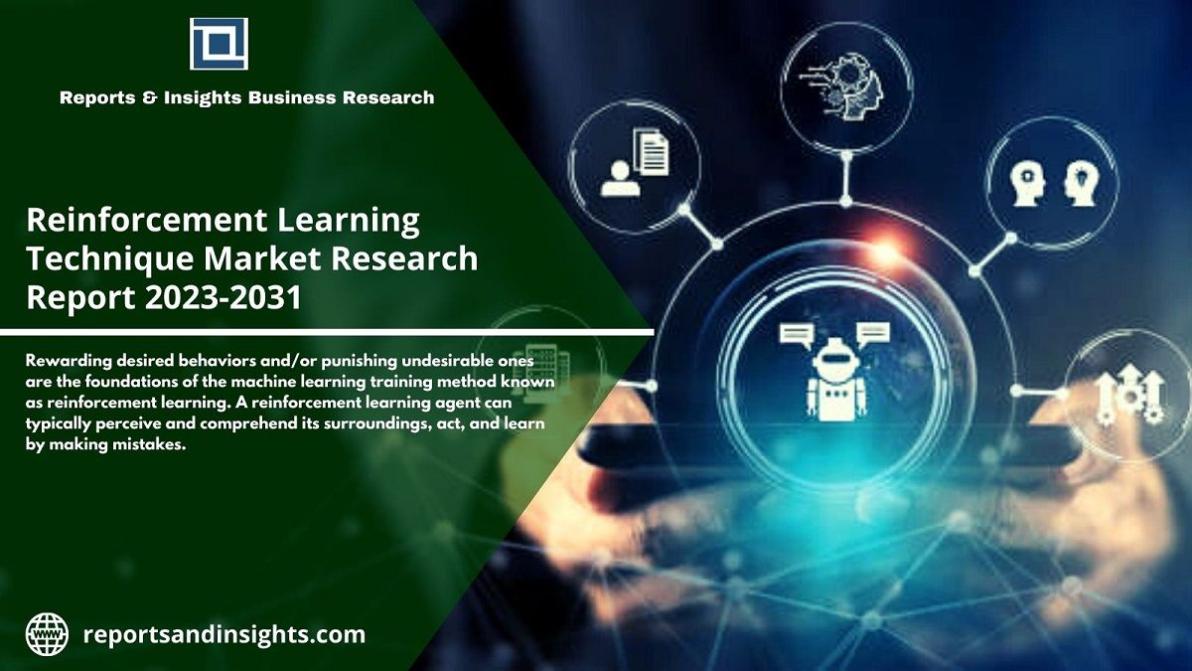How Can Hierarchical Reinforcement Learning Optimize Restaurant Operations?
In the fast-paced and competitive restaurant industry, optimizing operations is crucial for success. Hierarchical Reinforcement Learning (HRL) emerges as a powerful tool that can transform restaurant operations, enabling efficient decision-making, improved customer service, and increased revenue.

Overview Of Hierarchical Reinforcement Learning (HRL)
Definition Of HRL
HRL is a type of reinforcement learning that decomposes complex tasks into a hierarchy of subtasks, allowing agents to learn optimal policies for each subtask and coordinate them to achieve overall goals.
Key Components Of HRL
- Decomposition: Breaking down complex tasks into smaller, manageable subtasks.
- Hierarchy: Organizing subtasks into a hierarchical structure, with higher-level tasks overseeing lower-level tasks.
- Learning: Using reinforcement learning algorithms to learn optimal policies for each subtask.
- Coordination: Coordinating the execution of subtasks to achieve overall goals.
Benefits Of Using HRL In Restaurant Operations
- Improved efficiency and automation of routine tasks.
- Enhanced customer service and personalized recommendations.
- Increased revenue through upselling, cross-selling, and dynamic pricing.
- Optimized supply chain management and inventory control.
Challenges In Restaurant Operations
Restaurant operations face several challenges that HRL can effectively address:
Managing Complex Tasks
Restaurants must manage a multitude of complex tasks, from order taking and food preparation to inventory management and customer service. HRL can decompose these tasks into manageable subtasks, making them easier to optimize.
Dealing With Dynamic Environments
Restaurant environments are highly dynamic, with changing customer demands, menu items, and staff availability. HRL enables agents to adapt to these changes by learning new policies or modifying existing ones.
Handling Large Amounts Of Data
Restaurants generate vast amounts of data from POS systems, customer feedback, and supply chain operations. HRL can leverage this data to learn optimal policies and make informed decisions.
Ensuring Efficient Decision-Making
Restaurant staff must make quick and efficient decisions in real-time. HRL can assist in this process by providing optimal recommendations based on learned policies.
HRL For Restaurant Operations
HRL can be applied to various aspects of restaurant operations, including:
Task Decomposition
HRL decomposes complex tasks into smaller subtasks, such as taking orders, preparing food, and serving customers. These subtasks can be assigned to different levels of the hierarchy, with higher-level tasks overseeing lower-level tasks.
Learning And Adaptation
HRL uses reinforcement learning algorithms to learn optimal policies for each subtask. These policies can be adapted based on changes in the environment, such as customer preferences, menu items, and staff availability.
Decision-Making
HRL enables efficient decision-making in real-time by considering both short-term and long-term goals. It balances exploration, where the agent tries new actions to learn, and exploitation, where the agent focuses on actions that have been proven to be effective.
Benefits Of HRL In Restaurant Operations
HRL offers numerous benefits for restaurant operations, including:
Improved Efficiency
HRL can automate routine tasks, streamline operations, and reduce labor costs. For example, it can be used to optimize kitchen operations, such as scheduling staff, assigning orders to cooks, and tracking food preparation progress.
Enhanced Customer Service
HRL can provide personalized recommendations to customers based on their preferences and order history. It can also optimize wait times and improve the overall dining experience.
Increased Revenue
HRL can help restaurants increase revenue through upselling and cross-selling opportunities, dynamic pricing, and targeted marketing campaigns. For example, it can recommend complementary dishes or drinks to customers based on their current order.
Case Studies
Several case studies demonstrate the successful application of HRL in restaurant operations:
HRL In Restaurant Kitchen Management
A restaurant used HRL to optimize its kitchen operations, resulting in reduced food waste and improved order accuracy. The HRL agent learned to assign orders to cooks based on their skills and availability, and to adjust cooking times based on the current workload.
HRL In Restaurant Front-of-House Operations
A restaurant implemented HRL to improve customer service. The HRL agent learned to provide personalized recommendations to customers, optimize wait times, and allocate servers to tables based on their experience and customer preferences. This resulted in increased customer satisfaction and higher tips.
HRL In Restaurant Supply Chain Management
A restaurant used HRL to optimize its supply chain. The HRL agent learned to predict demand for different menu items, place orders with suppliers, and manage inventory levels. This resulted in reduced inventory costs and improved supplier relationships.
Hierarchical Reinforcement Learning (HRL) holds immense potential for optimizing restaurant operations, leading to improved efficiency, enhanced customer service, and increased revenue. As HRL research and development continue to advance, we can expect even more innovative and effective applications of this technology in the restaurant industry.
Restaurant owners and operators should explore the possibilities of HRL to gain a competitive edge and thrive in the ever-changing landscape of the restaurant industry.
YesNo

Leave a Reply